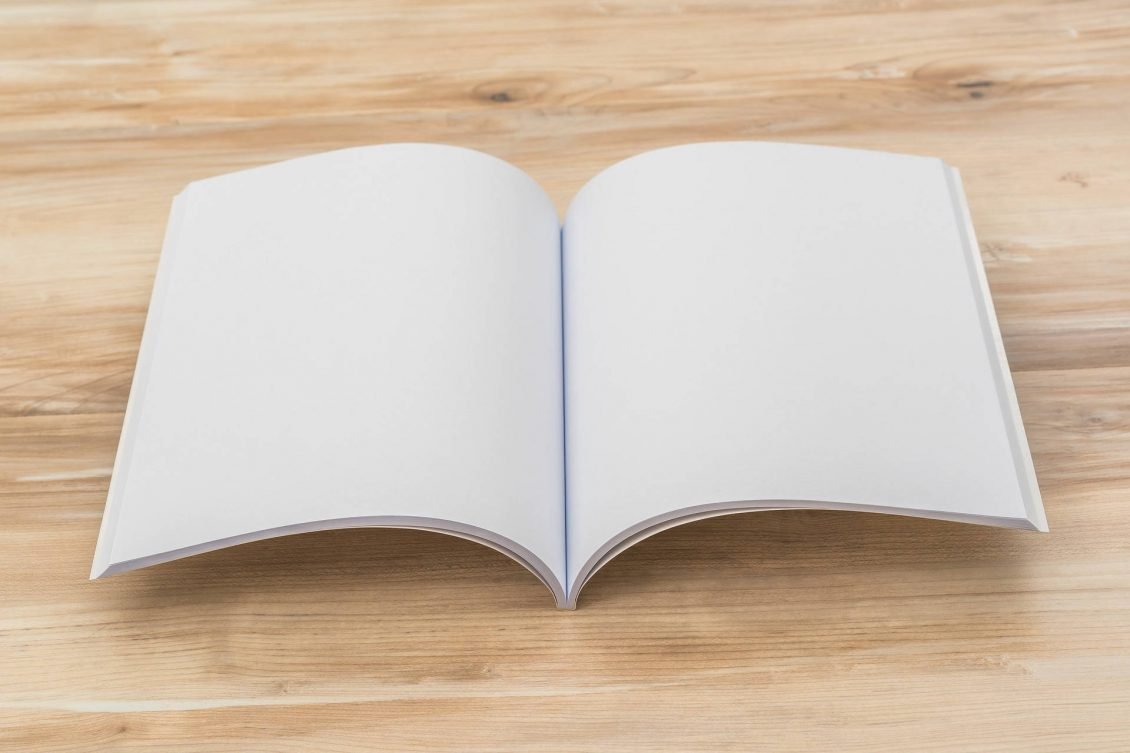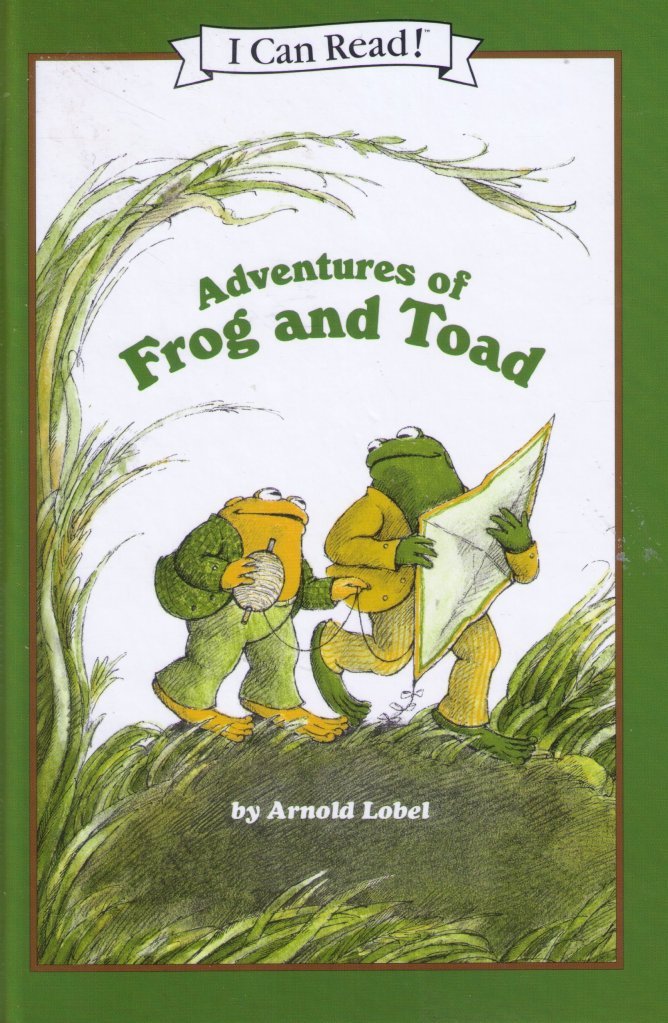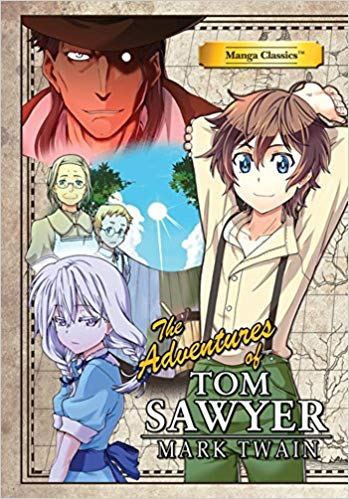If you ever plan to successfully market your book, the first step is know your market. This beginning step is often forgotten in the thrill of a new project, but it can help turn a mediocre book into something spectacular that stands out from the market and sells well.
To begin, it’s important to think about what age your audience is who reads the book. Books that can be read by a wide range of ages are called cross-over books.
Some common age categories (but are really just guidelines) are as follows:
Board Books
Word count: 0-100
These are a style of book format not a genre, but when most people think of children’s books they think of these. These types of books are hard to publish and cost significantly more then a standard book, hence why they are not published often. The touch and feel books, fabric books, or other types of categories can be wrapped up into this group. These books often have special toys or goodies or boxed sets included, and many are based off of popular picture books.
Early Picture Books

A spread is two pages that face each other
These books are often under 500 words, the standard page count is about 32 pages, roughly 28 actual story. A lot of the story will be told through the pictures so you don’t have to state everything, just be sure to communicate what you want to your illustrator.
Often there is one to two illustrations per page, and about 15 spreads in a typical book.
Standard Picture Books
These books can go over 1,000 words, but rarely do so. Don’t shy away from emotions as many of the best loved books cover a variety of emotions. The most popular emotional themes would be:
Courage, Friendship, Belonging/Identity, Family Loss/Grief, Growing Up, Anger, Suffering, Jealousy, Love
For a list of many classic books that address these emotions check out this Barnes & Nobles list here.
Picture books often use a lot of poetry as they are often meant to be read out loud. Books by Dr.Seuss, Shel Silverstein, and others often create catchy or fun sentences that children love.
Early Readers
Early Readers word ranges between 2,000-5,000 words. Children in this age range are still learning to read chapter books on their own often and often need a little help with extra pictures in the books. Not every page will feature a picture, and pictures are often just black and white, but think of good scenes that be illustrated. It’s important to give these books structure, as early readers are still looking for reading patterns, a beginning, middle and end to stories, and creating a strong character to go through a series makes it easier for them to follow.
Chapter Books
These look more like “grown-up” books and vary in length and pictures, word count ranges between 3,000-15,000 words depending on grade and reading level.
These books are often very gendered, pink fairy books for girls, and blue gross books for boys, those tend to sell the best, but thinking outside the box could tap into an undeserved market.
Popular themes for this age range are: Secrets, Magic, Cuteness, and Rebellion and Naughtiness
Hi-Lo
Hi-lo are high interest-low reading level books. Struggling readers, reluctant readers, dyslexic readers and students who have English as a second language often turn to these books as they written at a lower reading level, but still have interesting material. These books build confidence by being easy to finish with lower word counts, word counts vary between 500-50,000.
Graphic novels could be included in this category as they more accessible then standard books and encourage reading, but often aren’t included in this category.
Middle Grade
Generally only about to 45,000-50,000 words, but fantasy and sci-fi can go beyond those limits. Often these books are about traveling and having fun. You won’t have much adult content like swearing, graphic violence, drugs and romance is light to non existent. Character points of views aren’t as deep as most of the focus is on exploring or light of adventure.
Young Adult
Drama, drama, young adult books focus on emotions. Romance is often important, and a deeper point of view for characters is expected. Plot is not as important as the drama and emotions that run through the story. Word count runs around 70,000, but fantasy and sci-fi are just always higher.
Popular themes are fantasy, science fiction, paranormal, or dystopian stories.

























